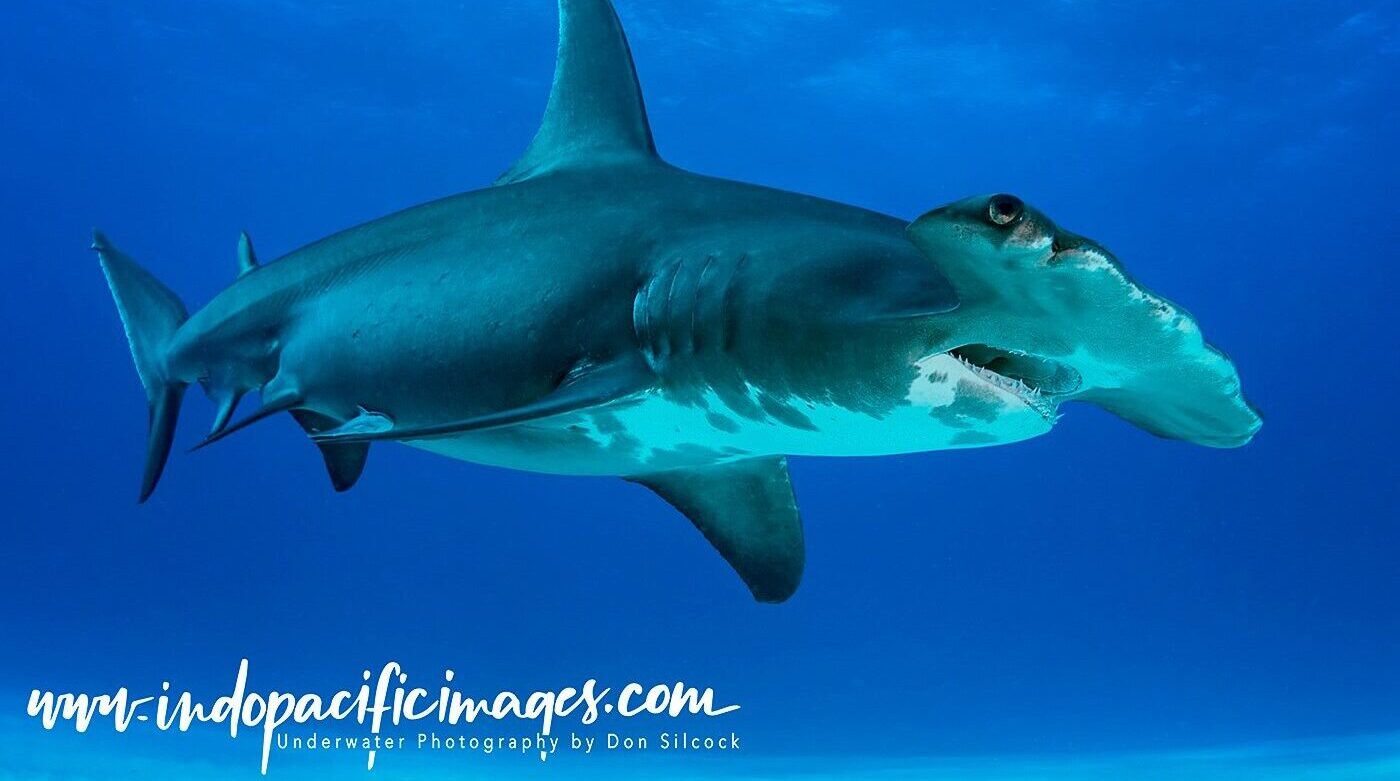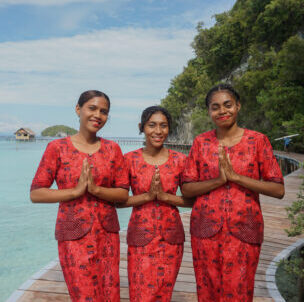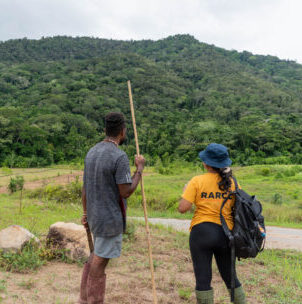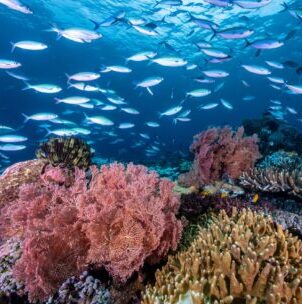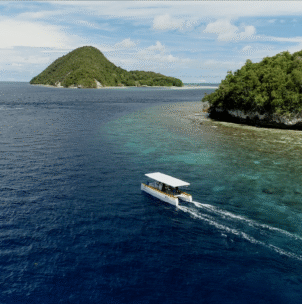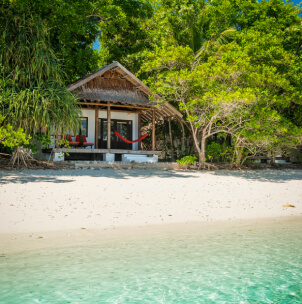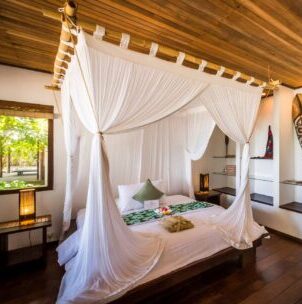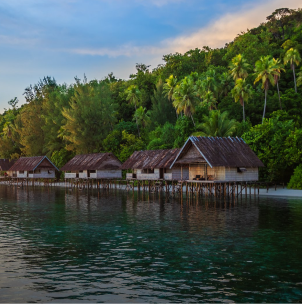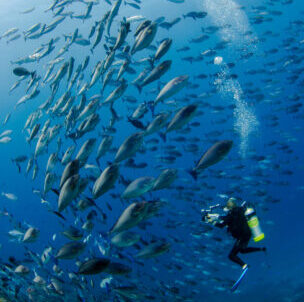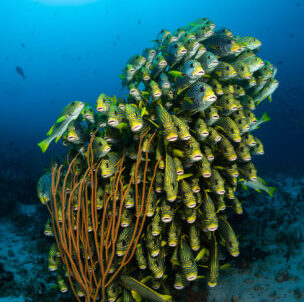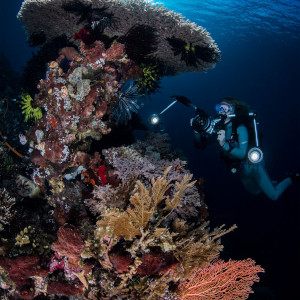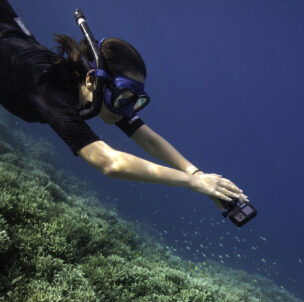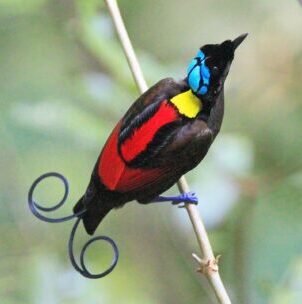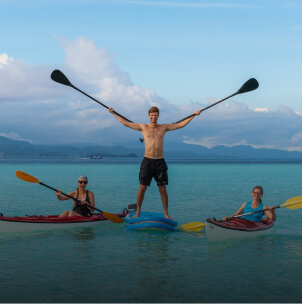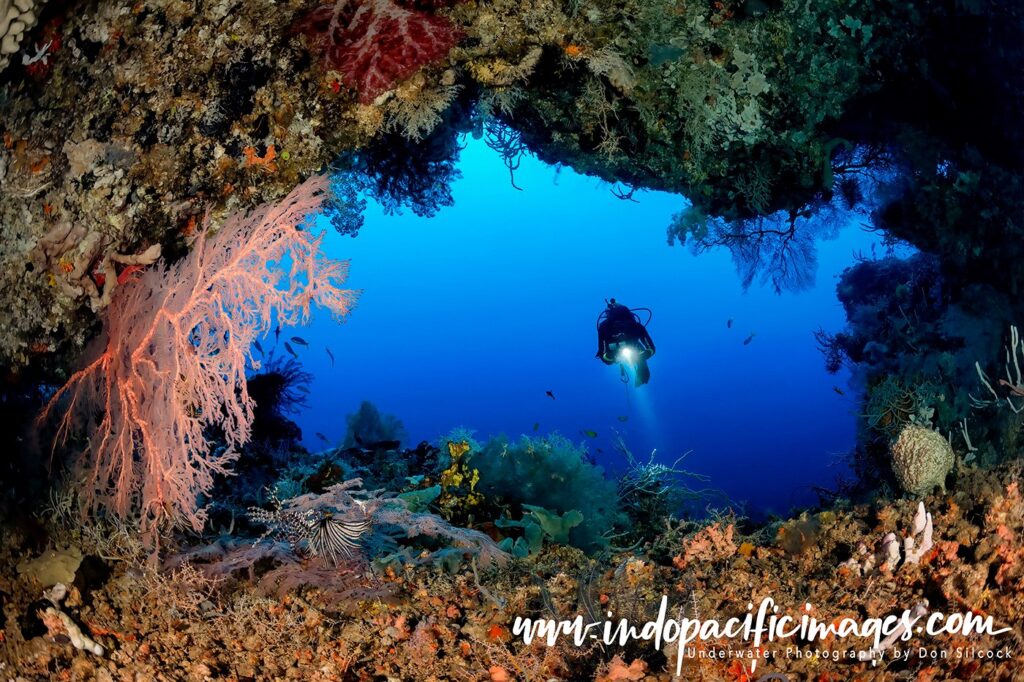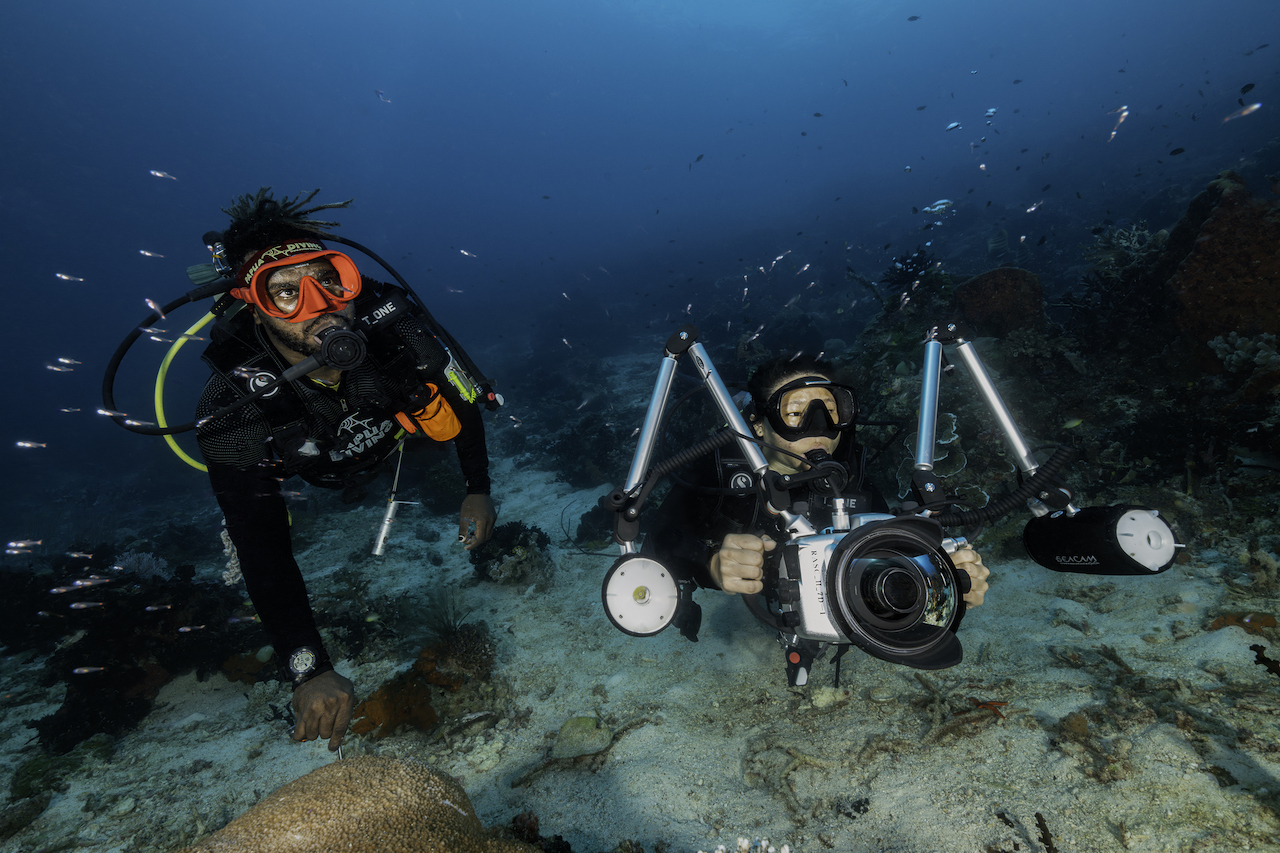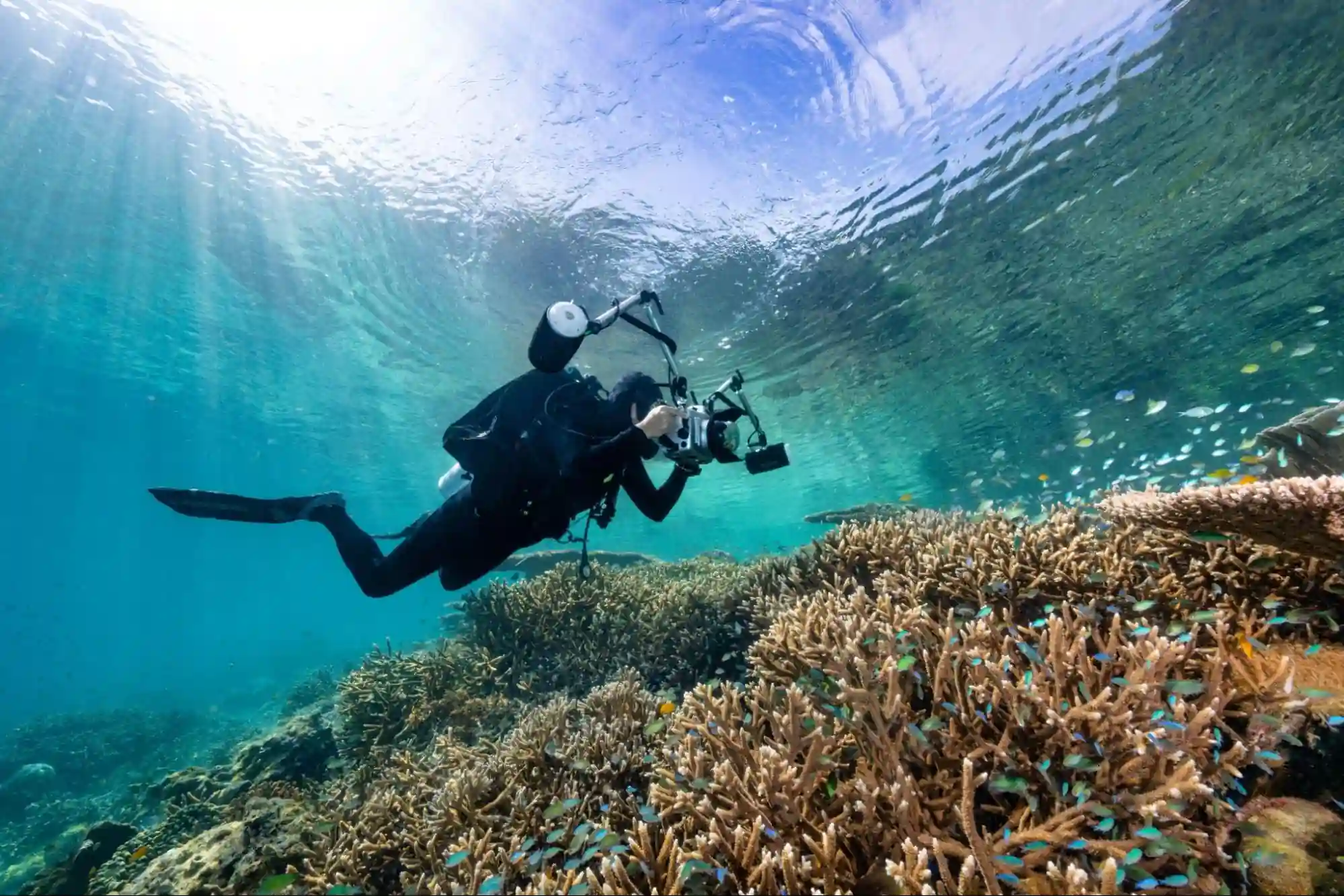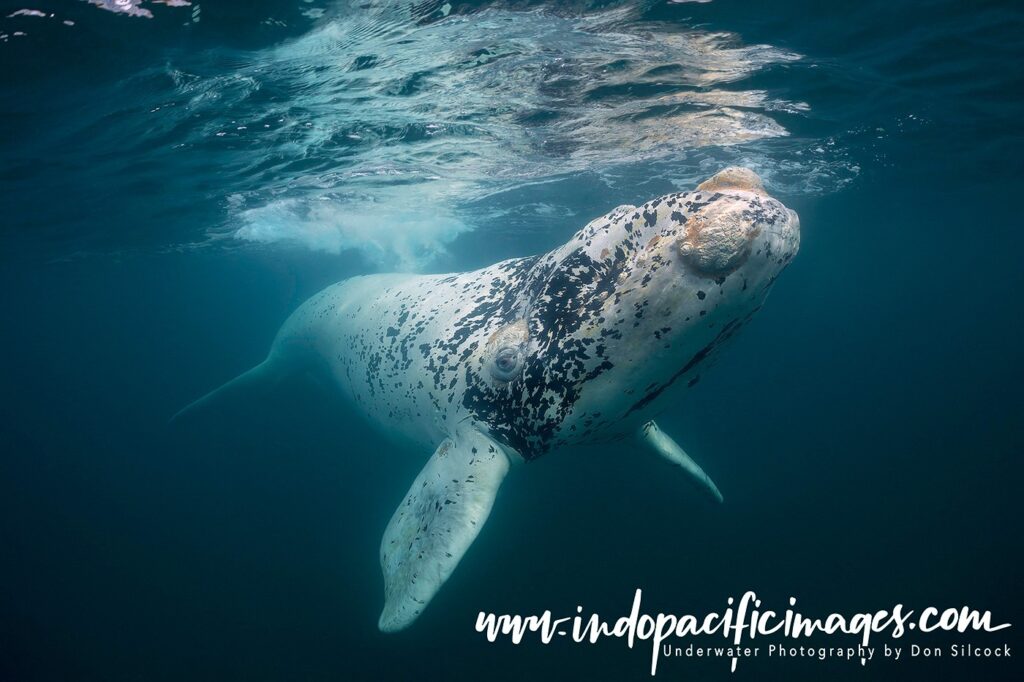
Although Don enjoys all aspects of the underwater world, he finds the big animal encounters “the most interesting and certainly most exciting!” He has photographed sharks, whales, whale sharks, manta rays, manatees, and even the Australian Giant Cuttlefish. But his favorite are the whales, known for their intelligence and curiosity.
These big animal encounters are brief, happening on the creature’s terms. But these challenges have shaped Don into the photographer that he is: learning to be ready for the shot, knowing his equipment and settings well, and simply, seizing the moment.
“It’s incredibly satisfying when all that comes together! But the images are only one element as I really enjoy researching and learning about the creatures, and then telling the overall story in my articles,” he said.
But chasing these big animals underwater also comes with dangers and thrills. Don doesn’t scare easily but the “most scared [he had] ever been was getting in the water with American crocodiles for the first time at Banco Chinchorro in Mexico.”
Having spent plenty of time underwater with sharks and whales, Don has learned to read the body language of these underwater giants. But with crocodiles that don’t move underwater, Don found it difficult to establish a “threshold of danger.”
“Crocodiles don’t move—until they do—and possess immense, potentially lethal, kinetic energy,” he said. And with almost no signs of when they will move and attack, it was a scary experience.
